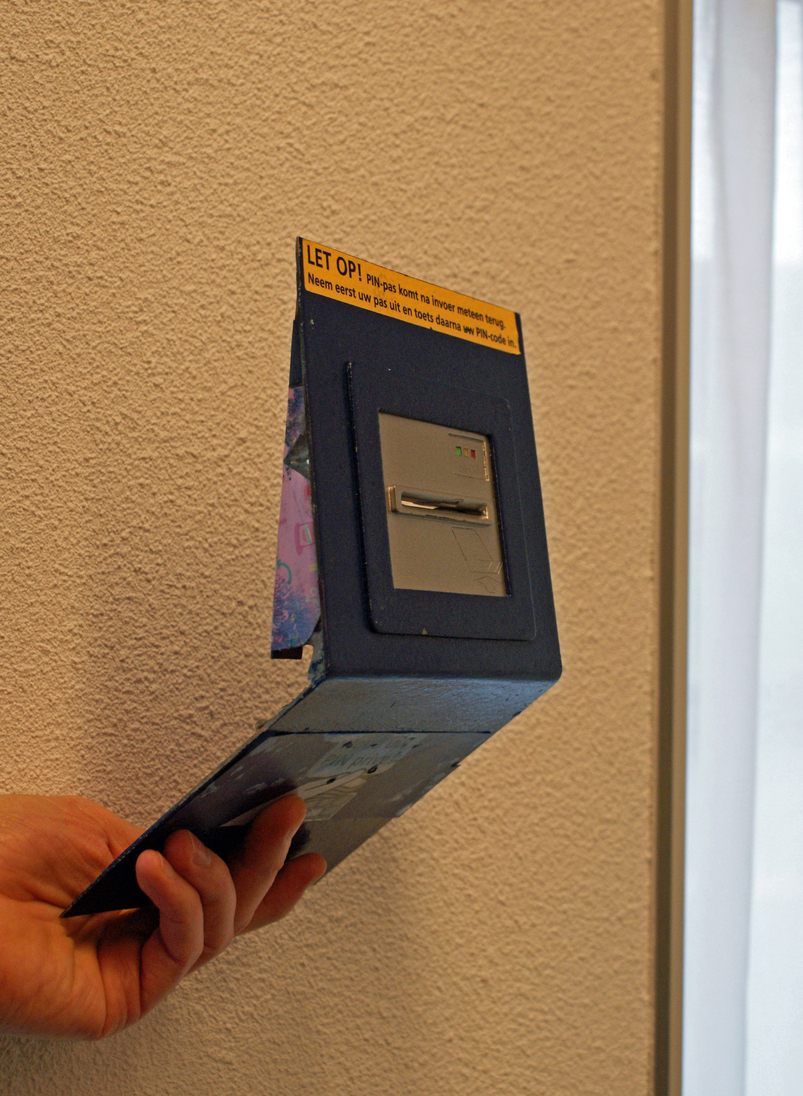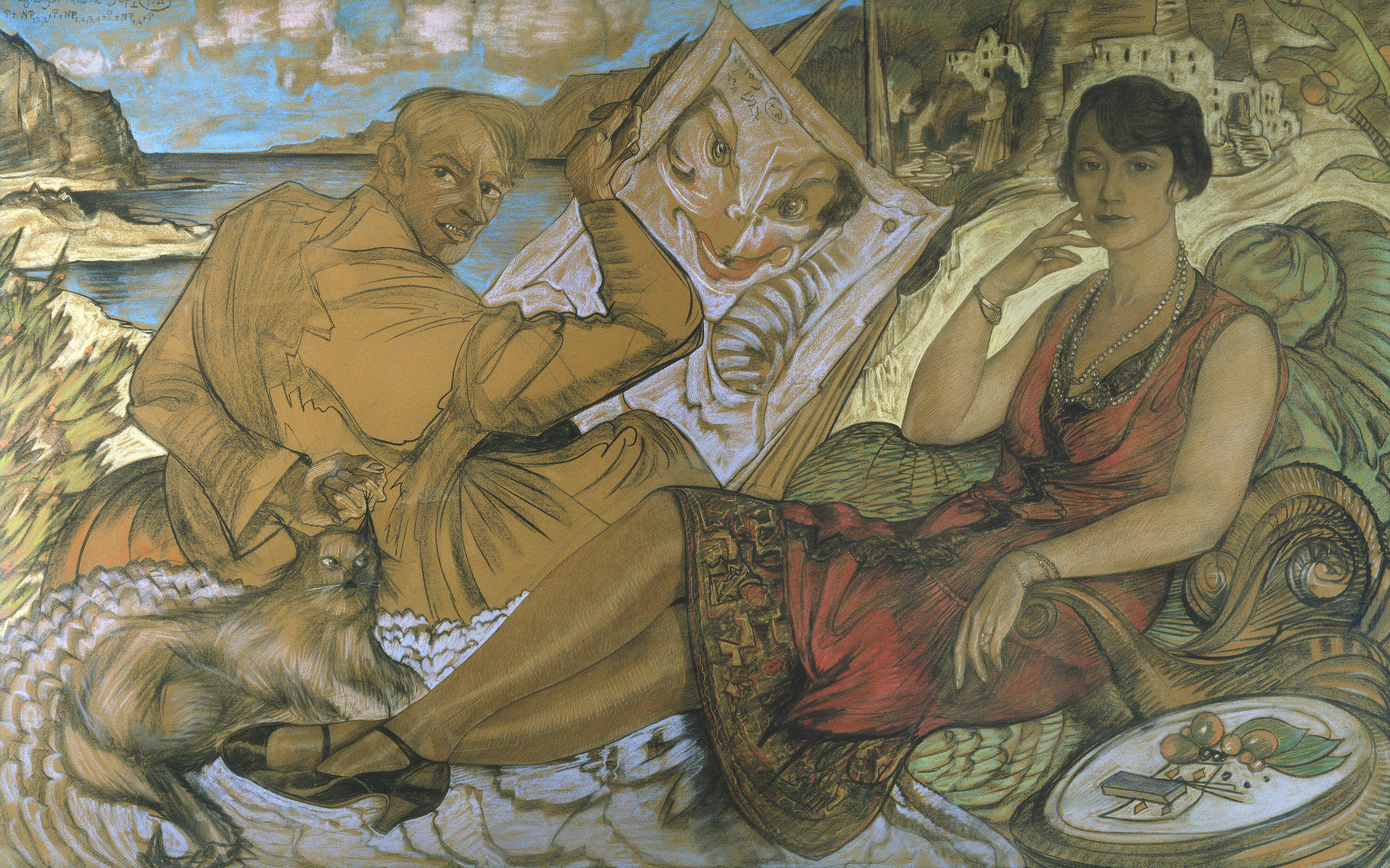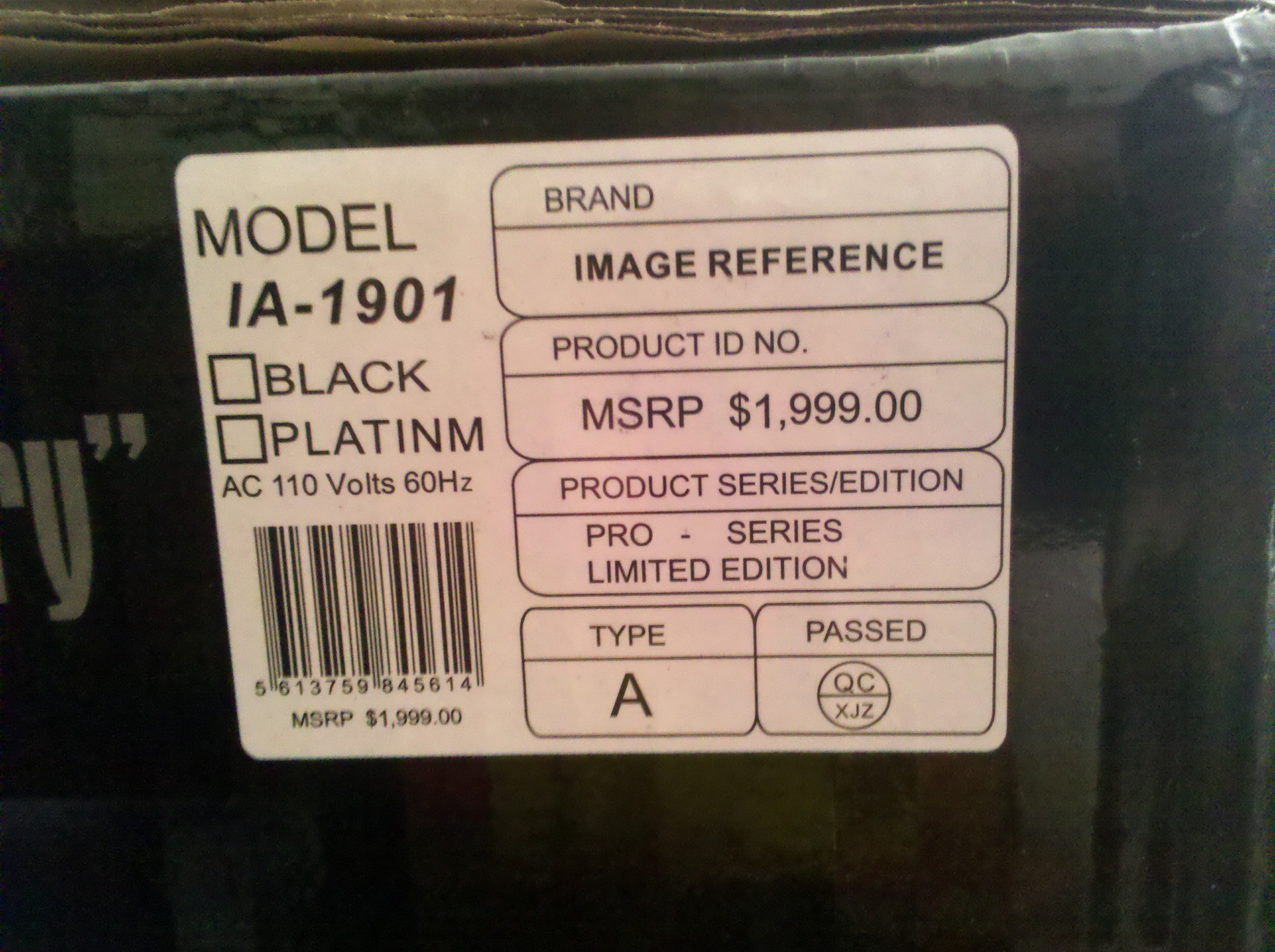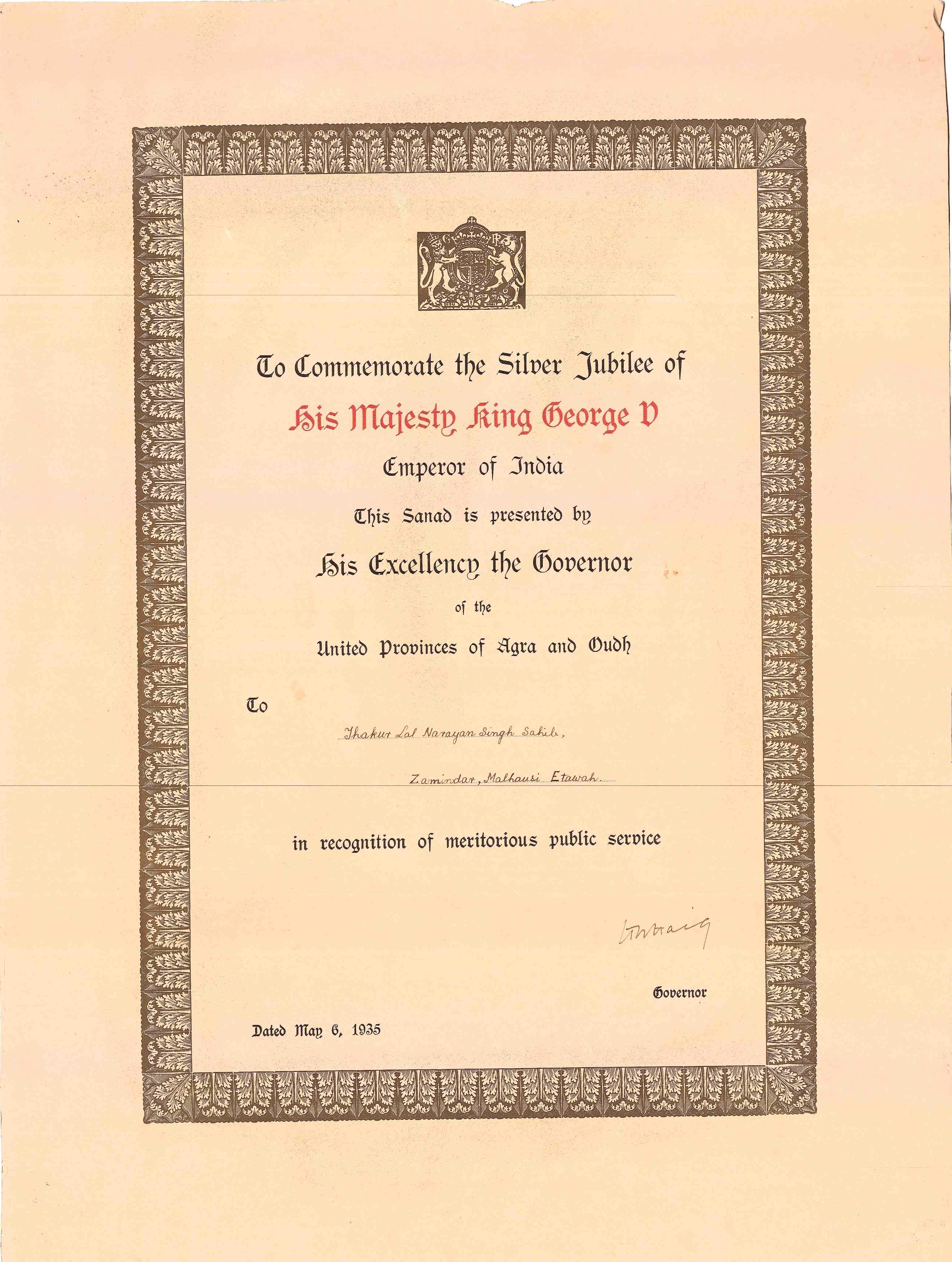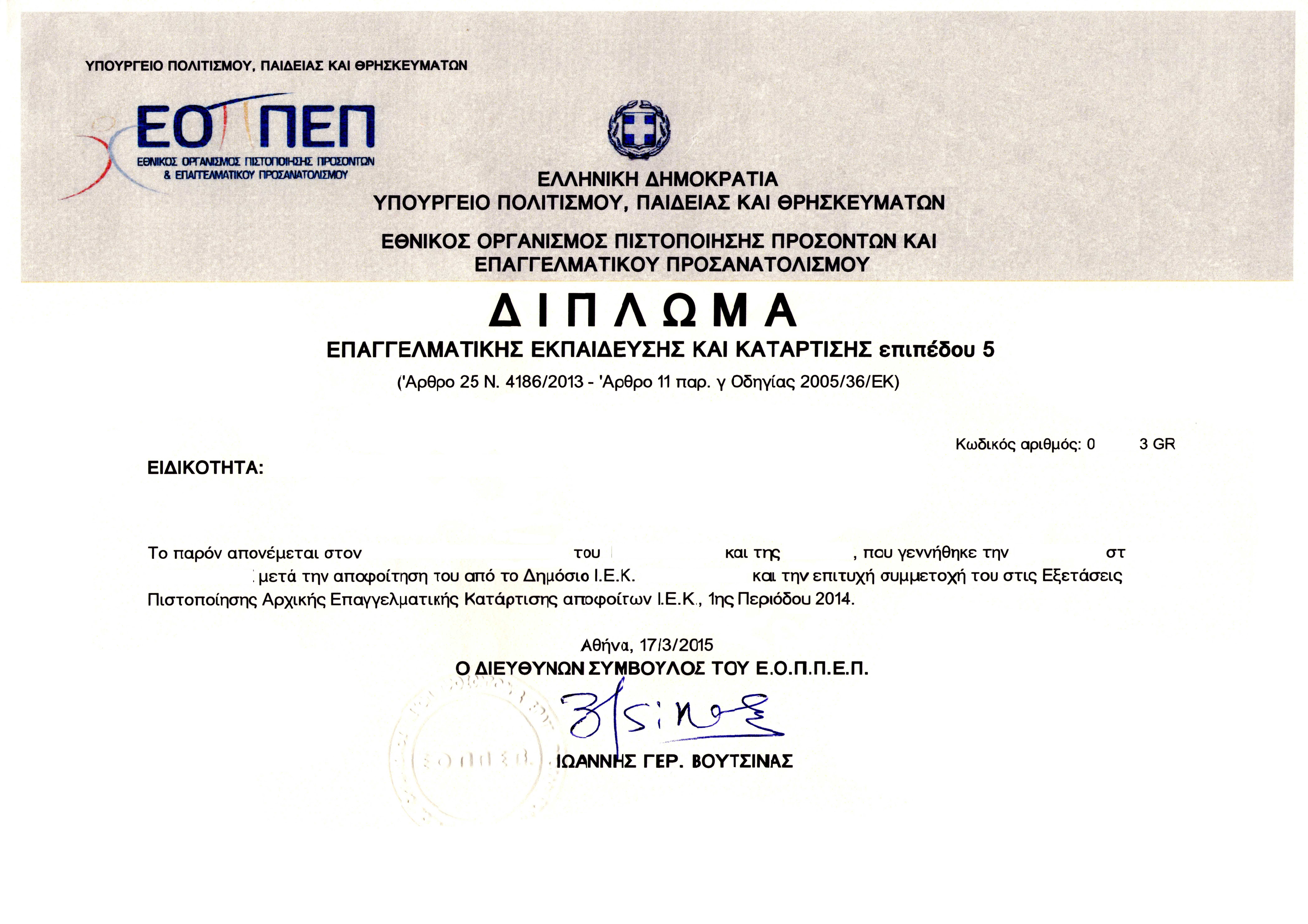|
Uttering
Uttering is a crime involving a person with the intent to defraud that knowingly sells, publishes or passes a forged or counterfeited document. More specifically, forgery creates a falsified document and uttering is the act of knowingly passing on or using the forged document. Background In the law of countries whose legal systems derive from English common law, uttering is a crime similar to forgery. Uttering and forgery were originally common law offences, both misdemeanours. Forgery was the creation of a forged document, with the intent to defraud; whereas uttering was merely use – the ''passing'' – of a forged document, that someone else had made, with the intent to defraud. In law, uttering is synonymous with publication, and the distinction made between the common law offences was that forgery was the ''fabrication'' of a forged instrument (with the intent to defraud) and uttering was the ''publication'' of that instrument (with the intent to defraud). Statute law offence ... [...More Info...] [...Related Items...] OR: [Wikipedia] [Google] [Baidu] |
Forgery Act 1861
The Forgery Act 1861 ( 24 & 25 Vict. c. 98) is an act of the Parliament of the United Kingdom of Great Britain and Ireland (as it then was) that consolidated provisions related to forgery from a number of earlier statutes into a single act. For the most part these provisions were, according to the draftsman of the act, incorporated with little or no variation in their phraseology. It is one of a group of acts sometimes referred to as the Criminal Law Consolidation Acts 1861. It was passed with the object of simplifying the law. It is essentially a revised version of an earlier consolidation act, the Forgery Act 1830 ( 11 Geo. 4 & 1 Will. 4. c. 66) (and the equivalent Irish Act), incorporating subsequent statutes. Most of it was repealed by the Forgery Act 1913, and today forgery is mostly covered by the Forgery and Counterfeiting Act 1981 and the Identity Documents Act 2010. However three offences under the 1861 act remain in force today (in sections 34, 36 and 37). These dea ... [...More Info...] [...Related Items...] OR: [Wikipedia] [Google] [Baidu] |
Forgery Act 1913
The Forgery Act 1913 ( 3 & 4 Geo. 5. c. 27) was an Act of the Parliament of the United Kingdom. It provided a definition of forgery and created several offences of forgery and uttering, while repealing numerous other offences of forgery, thereby consolidating the law of forgery. It did not extend to Scotland. This Act was repealed for England and Wales and Northern Ireland by section 30 of, and Part I of the Schedule to, the Forgery and Counterfeiting Act 1981. It was repealed in the Republic of Ireland bsection 3(1)of, anSchedule 1to, the Criminal Justice (Theft and Fraud Offences) Act 2001. Sample indictments The following specimen counts were formerly contained in paragraph 18 of thSecond Scheduleto the Indictments Act 1915 before it was repealed. See also *Forgery Act References *Halsbury's Statutes, External linksThe Forgery Act 1913 as originally enacted from the National Archives National archives are the archives of a country. The concept evolved in various nat ... [...More Info...] [...Related Items...] OR: [Wikipedia] [Google] [Baidu] |
Counterfeit
A counterfeit is a fake or unauthorized replica of a genuine product, such as money, documents, designer items, or other valuable goods. Counterfeiting generally involves creating an imitation of a genuine item that closely resembles the original to deceive others into believing it is authentic. Counterfeit products are often made to take advantage of the higher value of the original product, typically using lower-quality materials or production methods. Counterfeit food, drinks, medicines, and personal care products can contain harmful or inactive ingredients, causing anything from mild issues to serious, life-threatening ones. Counterfeit footwear, clothing, and accessories have been found to contain high levels of lead, arsenic, and phthalates. Forgery of money or government bonds Counterfeit money is currency that is produced without the legal sanction of the state or government; this is a crime in all jurisdictions of the world. The United States Secret Service, mostly ... [...More Info...] [...Related Items...] OR: [Wikipedia] [Google] [Baidu] |
Commentaries On The Laws Of England
The ''Commentaries on the Laws of England'' (commonly, but informally known as ''Blackstone's Commentaries'') are an influential 18th-century treatise on the common law of England by Sir William Blackstone, originally published by the Clarendon Press at Oxford between 1765 and 1769. The work is divided into four volumes, on the rights of persons, the rights of things, of private wrongs and of public wrongs. The ''Commentaries'' were long regarded as the leading work on the development of English law and played a role in the development of the American legal system. They were in fact the first methodical treatise on the common law suitable for a lay readership since at least the Middle Ages. The common law of England has relied on precedent more than statute and codifications and has been far less amenable than the civil law, developed from the Roman law, to the needs of a treatise. The ''Commentaries'' were influential largely because they were in fact readable, and becau ... [...More Info...] [...Related Items...] OR: [Wikipedia] [Google] [Baidu] |
Philatelic Fakes And Forgeries
In general, philatelic fakes and forgeries are labels that look like postage stamps but have been produced to deceive or defraud. Learning to identify these can be a challenging branch of philately. To a large extent the definitions below are consistent with those given in the introduction to various recent editions of the ''Scott Standard Postage Stamp Catalogue''. "We use the term ''"forgery"'' to indicate stamps produced to defraud collectors (properly known as forgeries) and to defraud stamp-issuing governments (properly known as counterfeits). ''"Fake"'' is used to indicate the alteration of a genuine stamp to make it appear as something else. Fakes might refer to cancellations, overprints, added or clipped perforations, stamp design alterations, etc." While difficult to do today, one famous case is the Stock Exchange forgery of the late 19th century. Questions are often raised about when a stamp is legitimately produced for postage. Matthew Karanian has proposed t ... [...More Info...] [...Related Items...] OR: [Wikipedia] [Google] [Baidu] |
Fraud
In law, fraud is intent (law), intentional deception to deprive a victim of a legal right or to gain from a victim unlawfully or unfairly. Fraud can violate Civil law (common law), civil law (e.g., a fraud victim may sue the fraud perpetrator to avoid the fraud or recover monetary compensation) or criminal law (e.g., a fraud perpetrator may be prosecuted and imprisoned by governmental authorities), or it may cause no loss of money, property, or legal right but still be an element of another civil or criminal wrong. The purpose of fraud may be monetary gain or other benefits, such as obtaining a passport, travel document, or driver's licence. In cases of mortgage fraud, the perpetrator may attempt to qualify for a mortgage by way of false statements. Terminology Fraud can be defined as either a civil wrong or a criminal act. For civil fraud, a government agency or person or entity harmed by fraud may bring litigation to stop the fraud, seek monetary damages, or both. For cr ... [...More Info...] [...Related Items...] OR: [Wikipedia] [Google] [Baidu] |
Deception
Deception is the act of convincing of one or many recipients of untrue information. The person creating the deception knows it to be false while the receiver of the information does not. It is often done for personal gain or advantage. Tort of deceit, Deceit and dishonesty can also form grounds for civil litigation in tort, or contract law (where it is known as misrepresentation or fraudulent misrepresentation if deliberate), or give rise to criminal prosecution for fraud. Types Communication The Interpersonal deception theory, Interpersonal Deception Theory explores the interrelation between communicative context and sender and receiver cognitions and behaviors in deceptive exchanges. Some forms of deception include: * Lies: making up information or giving information that is the opposite or very different from the truth. * Equivocations: making an indirect, ambiguous, or contradictory statement. * Lying by omission, Concealments: omitting information that is important o ... [...More Info...] [...Related Items...] OR: [Wikipedia] [Google] [Baidu] |
Fraud
In law, fraud is intent (law), intentional deception to deprive a victim of a legal right or to gain from a victim unlawfully or unfairly. Fraud can violate Civil law (common law), civil law (e.g., a fraud victim may sue the fraud perpetrator to avoid the fraud or recover monetary compensation) or criminal law (e.g., a fraud perpetrator may be prosecuted and imprisoned by governmental authorities), or it may cause no loss of money, property, or legal right but still be an element of another civil or criminal wrong. The purpose of fraud may be monetary gain or other benefits, such as obtaining a passport, travel document, or driver's licence. In cases of mortgage fraud, the perpetrator may attempt to qualify for a mortgage by way of false statements. Terminology Fraud can be defined as either a civil wrong or a criminal act. For civil fraud, a government agency or person or entity harmed by fraud may bring litigation to stop the fraud, seek monetary damages, or both. For cr ... [...More Info...] [...Related Items...] OR: [Wikipedia] [Google] [Baidu] |
Deed
A deed is a legal document that is signed and delivered, especially concerning the ownership of property or legal rights. Specifically, in common law, a deed is any legal instrument in writing which passes, affirms or confirms an interest, right, or property and that is signed, attested, delivered, and in some jurisdictions, sealed. It is commonly associated with transferring (conveyancing) title to property. The deed has a greater presumption of validity and is less rebuttable than an instrument signed by the party to the deed. A deed can be unilateral or bilateral. Deeds include conveyances, commissions, licenses, patents, diplomas, and conditionally powers of attorney if executed as deeds. The deed is the modern descendant of the medieval charter, and delivery is thought to symbolically replace the ancient ceremony of livery of seisin. The traditional phrase ''signed, sealed and delivered'' refers to the practice of using seals; however, attesting witnesses have repla ... [...More Info...] [...Related Items...] OR: [Wikipedia] [Google] [Baidu] |
State Of Michigan
Michigan ( ) is a peninsular U.S. state, state in the Great Lakes region, Great Lakes region of the Upper Midwest, Upper Midwestern United States. It shares water and land boundaries with Minnesota to the northwest, Wisconsin to the west, Indiana and Illinois to the southwest, Ohio to the southeast, and the Canadian Provinces and territories of Canada, province of Ontario to the east, northeast and north. With a population of 10.14 million and an area of , Michigan is the List of U.S. states and territories by population, 10th-largest state by population, the List of U.S. states and territories by area, 11th-largest by area, and the largest by total area east of the Mississippi River.''i.e.'', including water that is part of state territory. Georgia (U.S. state), Georgia is the largest state by land area alone east of the Mississippi and Michigan the second-largest. The state capital is Lansing, Michigan, Lansing, while its most populous city is Detroit. The Metro Detroit r ... [...More Info...] [...Related Items...] OR: [Wikipedia] [Google] [Baidu] |
Diploma
A diploma is a document awarded by an educational institution (such as a college or university) testifying the recipient has graduated by successfully completing their courses of studies. Historically, it has also referred to a charter or official document of diplomacy. The diploma (as a document certifying a qualification) may also be called a ''testamur'', Latin for "we testify" or "certify" (testari), so called from the word with which the certificate begins; this is commonly used in Australia to refer to the document certifying the award of a degree. Alternatively, this document can simply be referred to as a degree certificate or graduation certificate, or as a ''parchment''. The certificate that a Nobel laureate receives is also called a diploma. The term diploma is also used in some historical contexts, to refer to documents signed by a monarch affirming a grant or tenure of specified land and its conditions (see Anglo-Saxon charters and diplomatics). Usage Austra ... [...More Info...] [...Related Items...] OR: [Wikipedia] [Google] [Baidu] |



